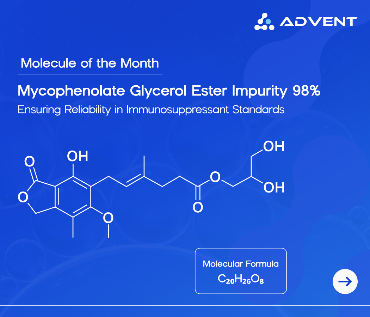Primary and Secondary Reference Standards are very important for determining the purity of the chemicals.
Primary reference standards are obtained from EP, USP, BP, JP, and FP. Also, they are quite expensive. While secondary reference standards are substances which are prepared by comparison with a primary reference substance.
In this article, we will be having a look at the differences between the primary and secondary reference standards. Let’s begin.
Primary Reference Standards
The primary reference standard should be prepared from lots representative of the production and clinical materials. The reference standard should be of the highest possible purity and should be thoroughly characterized to ensure its identity, potency, purity, quality and strength.
Primary Standards have chemical properties especially,
→ It is an incredibly pure substance: The primary standard materials should have a high degree of purity, especially 99.99%, meaning they must be a chemical that has been prepared from very pure materials. There are various grades of purity of chemicals in chemistry labs. The purity percentage appears on the label. It is a suitable material for primary standards when the chemical is pure to 99.99% or more.
→ It has a very high level of stability: It should have a high degree of stability which means it will not easily react when it is pure. A more accurate expression would be that it should be relatively inert. If a reagent is unstable or changes its properties over time, it may not be reliable, since it reacts with air, water or other molecules. Unreliable and unstable chemicals cannot be ever used as standards.
→ It should be as anhydrous as possible: Salt should be anhydrous, meaning that its molecular structure contains no water molecules.
→ There is less hygroscopicity: Having anhydrous properties is not enough. It is preferable if the chemical is less hygroscopic than water molecules are absorbed when the container is opened.
→ It is easy to weigh: The pure nature of the material allows it to be weighed since its weight is a true representation of its actual molecular weight.
Secondary Reference Standards
Secondary standards are used in smaller labs for the calibration of control materials, which are used for analyzing unknown concentrations of substances. As such, secondary standards function primarily to perform external quality control on smaller laboratories. To apply the secondary standard to the primary standard, it must be standardized and compared.
Chemicals and reagents classified as secondary standards have certain properties, for instance;
→ It is less pure as compared to the primary standard
→ Stability and responsiveness are less than primary standards
→ It remains stable for quite some time.
Conclusion
The reference standards are an integral part of a chemical’s analysis. We hope through this article we were able to provide some clarity between the two important reference standards.




